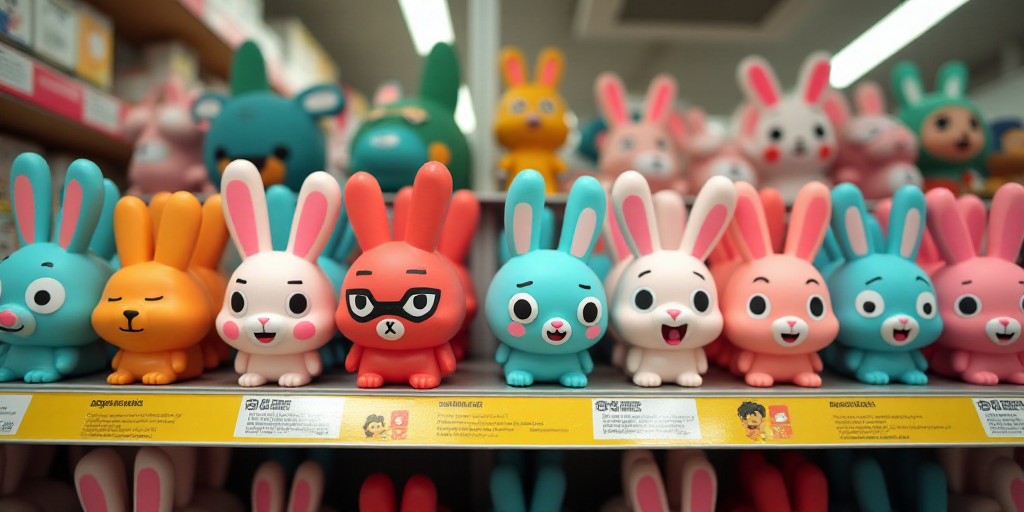But how does this happen? How does something so specific and peculiar become a desired object for millions of people worldwide?
When Innovation Behaves Like Matter
In my doctoral thesis, I proposed an interdisciplinary theory inspired by Zygmunt Bauman’s concept of “liquid modernity” and the behavior of liquids and gases, both at rest and in motion (fluid mechanics). I suggest that innovation is the matter from which fashion is made. Just like any matter, it can exist in three states: solid, liquid, and gaseous.
Similarly, innovation can be found in three phases: novelty, trend, and fashion. This parallelism is not metaphorical but structural. Just as water changes state depending on temperature and pressure, innovations also transform based on social, cultural, and economic contexts.
Novelty is the solid state: it has form, density, and is static, circulating among a few. According to the theory of innovation diffusion developed by American sociologist Everett Rogers in the mid-20th century, this stage corresponds to the innovators. It’s a proposal with great symbolic value but without massive dissemination.
When it starts to expand, it becomes a trend and turns liquid: it flows, adapts, connects communities. Early adopters appear in this phase. This is when the idea starts to become conversation.
When it reaches its boiling point, it crosses a critical threshold (the chasm): the critical gap in the product innovation adoption cycle. Its early users are often visionaries who seek the latest innovations and take risks, while the majority early on only jumps the chasm when the innovation has been tested and validated by others.
In the viral nature of fashion trends or the adoption of new innovations, past the chasm lies a crucial point (tipping point) where contagion becomes almost impossible to stop. It enters the mainstream or mass market and transforms into fashion: it turns gaseous, masquerades, loses density, and becomes ubiquitous… until it evaporates.
This process is cyclical. Many innovations remain frozen, while others never solidify or flow quickly, almost as soon as they arrive. Desire and innovation, like matter, require conditions to sustain themselves.
Who Decides What We Desire (and for How Long)?
Labubu has gone through all these phases. It started as a marginal figure (solid), became trendy by crossing new audiences (liquid), and reached the gaseous state by going viral globally.
Labubus are now on TikTok, adorning luxury bags, and featured in press reports. What began as a symbol of distinction is turning into visual noise. A sign that the cycle might be nearing its end.
However, trends don’t change state on their own. Just as water needs temperature and pressure to transform, fashion also responds to external stimuli: brands, algorithms, consumers, and influencers.
Cultural temperature is generated by campaigns, launches, visual content. Symbolic pressure comes from collective desire: communities replicating gestures, fans seeking the object, anxiety to belong.
Moreover, there are forces of thrust—like influencers—that stir the system from within, validating trends and displacing other aesthetics.
From Hype to Void: Floating, Saturating, Disappearing
The blind box format adds an emotional dimension: not only do we buy an object, but also the experience of desiring, waiting, and trying our luck. In a culture saturated with algorithmic prediction, chance introduces an element of mystery. As philosopher Roland Barthes put it, fashion is language before clothing. Today, we might say that this language speaks, primarily, in emotional terms.
The blind boxes don’t reveal what Labubu is inside, adding excitement to the purchase. However, this language also obeys physical laws. According to Archimedes’ principle, a body submerged in a fluid displaces an equivalent volume. In fashion, the same happens: when a trend enters forcefully, another is pushed out. The symbolic market isn’t infinite; only what displaces other aesthetics floats.
Labubus, by popularizing, replaced previous kawaii figures like Molly or Sonny Angel. And just as a gas tends to dissolve, hype does too. Overexposure exhausts desire. Copies emerge, mystery fades, and saturation sets in. Then the cycle restarts: new versions, more pressure, more temperature.
The Mystery of What Arrives (and Departs)
Wang Ning, Pop Mart’s founder and CEO, understood the exact fusion point of these objects. In 2025, after amassing $20 billion in wealth thanks to Labubu’s viral success, he appeared on the list as the world’s 79th richest man. Because understanding “when,” more than “what,” remains the true power.
This liquid fashion model doesn’t aim to explain aesthetic whims but reveal the process by which an innovation is born, expands, and eventually fades. Although trends may seem unpredictable, they also have structure. They don’t drift randomly; they change states according to the collective desire’s pressure and the cultural temperature surrounding them.
The real challenge for brands isn’t detecting the new but knowing where they stand in the cycle. Is it still a solid, marginal, and high-risk entity that might vanish without leaving a trace? Is it already in the liquid phase, gaining traction? Or is it gas, ubiquitous but on the verge of evaporating?
Where are we in that curve? Has the Labubu fever reached saturation and begun to evaporate? Sandra Bravo
For consumers, their position in this curve depends on how much risk they’re willing to take. Some adopt what will later become fashion even before it has a name. Others wait until it’s safe, validated, almost obligatory. In between flow millions of microidentities that flicker like a flame.
Labubu isn’t an exception; it’s a perfect case study: born as a rarity, flowed as a trend, and exploded as fashion. It’s everywhere now. But perhaps it’s about to start dissipating.

